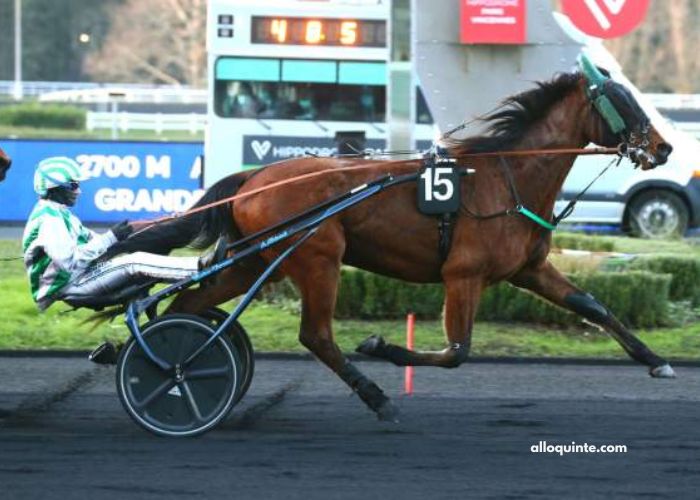The journey from wild horse herds roaming the steppes to the domesticated companions we know today is a story of evolution, adaptation, and deep mutual reliance. Horses have played a crucial role in shaping human civilization, serving as transportation, laborers, warriors, and companions. The history of horse domestication is as captivating as the bond we share with these magnificent creatures. Discover CasaCourses, your premier destination for comprehensive online courses. Enhance your skills and knowledge with expert-led training tailored for success.
The Wild Ancestors
The ancestors of modern horses, known as Equus ferus, once roamed across vast regions of Eurasia. These wild horses were different from the domesticated breeds we see today. Evidence suggests that the Botai culture of Kazakhstan, around 3500-3000 BCE, were among the first to domesticate horses. Excavations at Botai sites reveal horse bones, pottery with mare’s milk residue, and signs of harness use, indicating early attempts at domestication.
The Dawn of Domestication
The initial steps towards domestication were driven by the need for a reliable source of meat, milk, and hides. However, as humans began to recognize the potential of horses for transportation and labor, a more profound relationship developed. Horses offered a significant advantage in mobility, allowing early humans to travel further, trade more widely, and expand their territories.
The Spread of Domesticated Horses
The domestication of horses revolutionized human societies. The Indo-European migrations around 2000 BCE spread domesticated horses across Europe, Asia, and the Middle East. The ability to travel swiftly and carry goods led to the rise of trade routes and the exchange of cultures, technologies, and ideas. The chariot, introduced around this time, became a formidable tool in both warfare and ceremonial contexts.
Horses in Ancient Civilizations
By 1000 BCE, horses had become integral to various ancient civilizations. In Mesopotamia, horses were used in chariot warfare and as symbols of prestige and power. The Egyptians, renowned for their chariotry, employed horses in battle and ceremonial processions. In China, the Han Dynasty saw the introduction of the horse-drawn plow, which revolutionized agriculture.
The Role of Horses in Warfare
Horses transformed the nature of warfare. Cavalry units, comprising mounted soldiers, became the elite forces of ancient armies. The Scythians, Mongols, and later the Huns, utilized their exceptional horsemanship to establish vast empires. The speed and agility of horses allowed these cultures to execute rapid, strategic maneuvers that infantry alone could not achieve.
Horses in the Middle Ages
During the Middle Ages, horses continued to play a pivotal role in society. The development of the stirrup, saddle, and horseshoe enhanced the efficiency and comfort of riding. Knights on horseback became the epitome of medieval chivalry, and tournaments showcased their prowess. Horses also facilitated the growth of trade, enabling merchants to traverse long distances and establish trade networks across continents.
The Renaissance and Beyond
The Renaissance period marked a renewed interest in the breeding and training of horses. Advances in veterinary medicine and breeding practices led to the development of specialized breeds for specific tasks, such as the powerful draft horses for heavy labor and the swift Arabian horses for endurance. The Spanish Conquistadors, with their horses, had a profound impact on the Americas, introducing horses to new continents and cultures.
The Industrial Revolution and Modern Era
The Industrial Revolution saw the gradual replacement of horses by machines in many areas. However, horses remained invaluable in agriculture, transportation, and warfare well into the 20th century. The two World Wars underscored their importance, with millions of horses serving on the front lines and behind the scenes.
Today, horses continue to hold a special place in human society. While no longer essential for transportation or labor, they are cherished companions, athletes, and symbols of cultural heritage. Equestrian sports, therapeutic riding programs, and recreational riding ensure that the bond between humans and horses remains strong.
Conclusion
The history of horse domestication is a testament to the profound and enduring relationship between humans and these magnificent animals. From wild herds to trusted companions, horses have significantly influenced the course of human history. Their journey from wild to tamed reflects our ability to adapt, innovate, and forge deep connections with the natural world. As we look to the future, the bond between humans and horses will undoubtedly continue to evolve, grounded in mutual respect and admiration.




